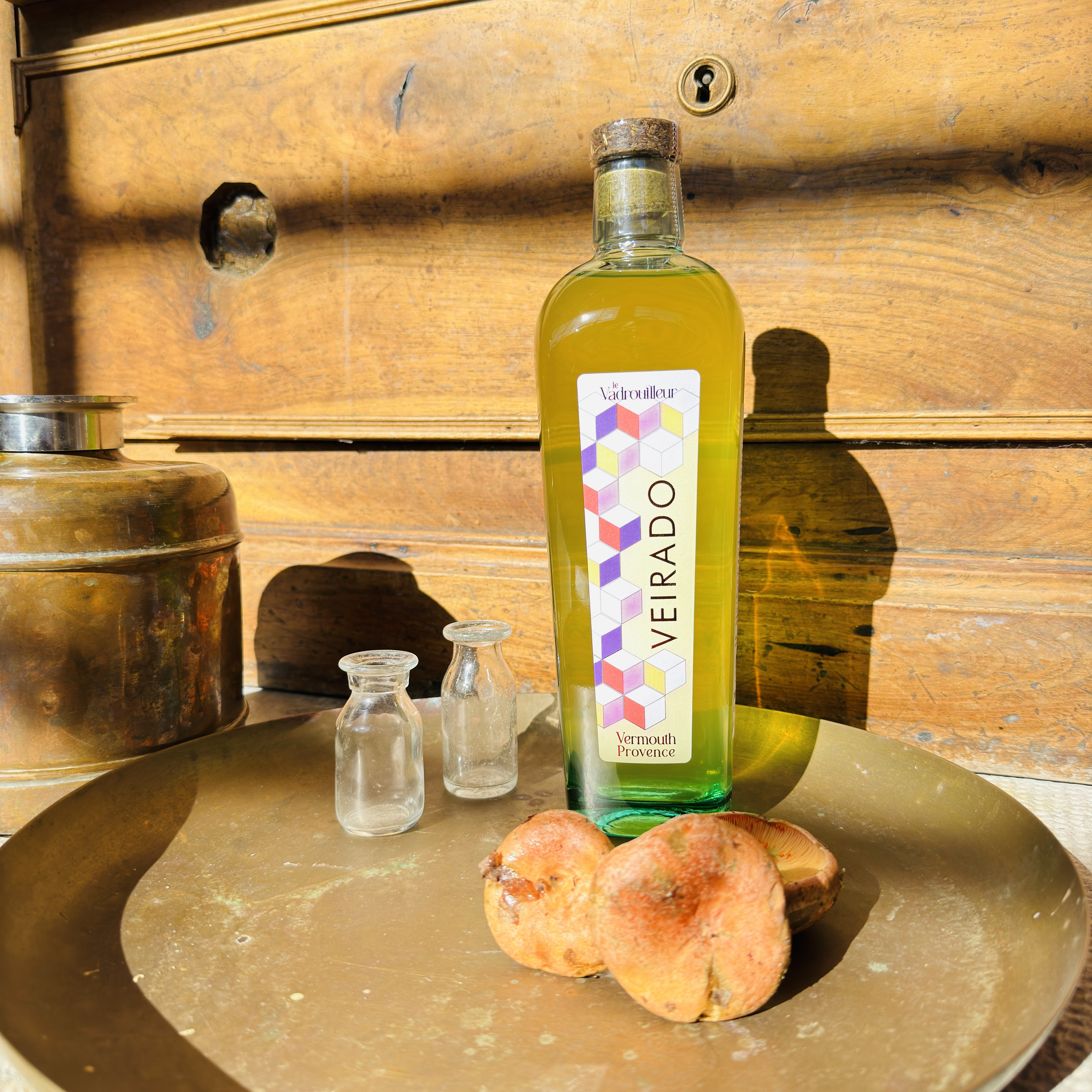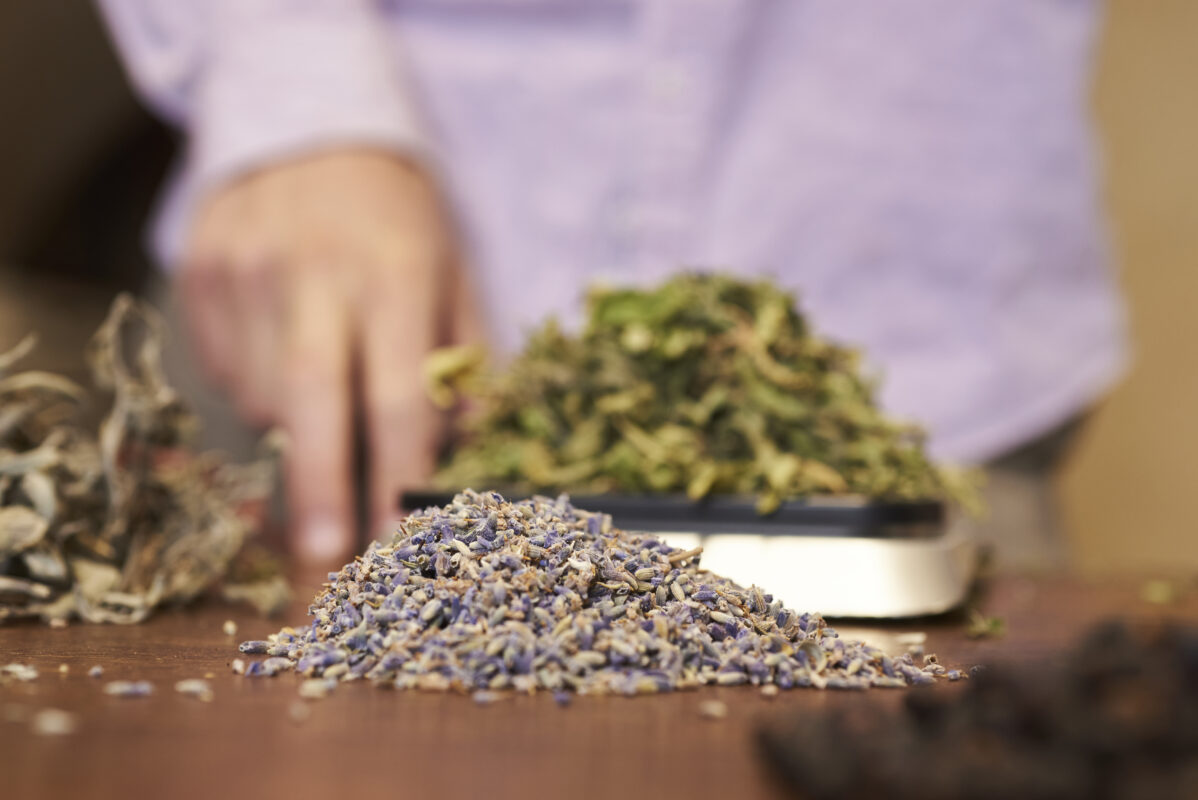Some basic principles :
- Born in southern Europe, Vermouth is an aperitif enjoyed neat or on the rocks. An excellent Vermouth can always be enjoyed this way!
- All Vermouths are made from fortified and flavoured wine.
- Most Vermouths, including very coloured Vermouths, are made from white wines.
- The colour of the vermouth is obtained by infusing herbs, spices, flowers, roots or other botanicals to give it its distinctive aroma. Some Vermouths are aged in casks before bottling, which can influence their colour.
- In the European Union, there is no clear legal or industry definition distinguishing between dry, sweet or white Vermouths. The EU offers a broad definition of Vermouth, based on specific sugar levels (from ‘extra-dry’ to ‘sweet’, in grams per litre), with no labelling requirements relating to colour, bitterness or categorisation.
- It is important to note that the term ‘sweet’ does not refer to the absence of bitterness. In fact, the opposite of sweet is acidic, sour, a taste sensation different from bitterness.
- White Vermouths are distinguished by their sweetness, light colour and light bitterness, although present.
- The olfactory profile can vary from light and floral to full-bodied and slightly bitter, but generally less bitter than classic sweet Vermouths.
- White Vermouths take on almost white, slightly amber or golden hues.
What to do with white Vermouth
You don’t have to search for a complex recipe to appreciate white Vermouth.
In summer, or any other season for that matter, treat it like a syrup. Chill a bottle of Vermouth, then pour some over ice in a wine glass – add a little fresh sparkling water or tonic if you like – and express the essences of a lemon, lime or orange peel in the glass, then use the peel as a garnish.
In cocktails, white Vermouth is favoured for its sweetness without the bitterness or colouring of traditional Vermouth. White Vermouth goes wonderfully well with intensely flavoured spirits such as gin, tequila or mezcal.
Personally, I really enjoy a Dry Martini made with Mistello Gin and Veirado Vermouth. And why not try a Dry Martini with Tequila or Mezcal?
White Vermouth is not just used to complement ‘white’ spirits. It also pairs perfectly with peated Whisky to add sweetness to your cocktail or to create a rum cocktail richer and more full-bodied, such as El Presidente.
Think about using white Vermouth in your cocktails as a replacement for dry or sweet Vermouth. Although it won’t work ideally in every situation, its subtlety and slight sweetness could surprise you by creating refreshing versions of your usual cocktails, and potentially lead you into new directions.
more info : Marty Nott, Cocktail of the Week: Blanc Vermouth, Libationlounge.com




